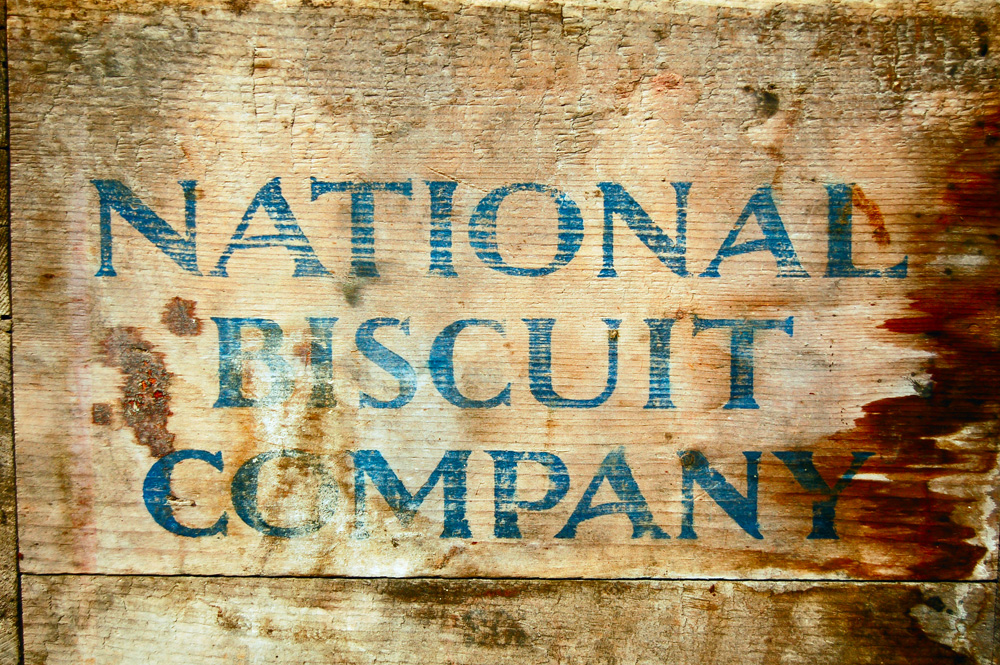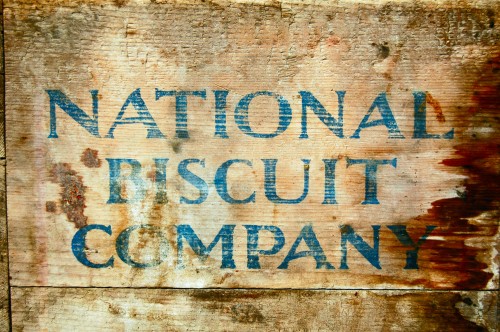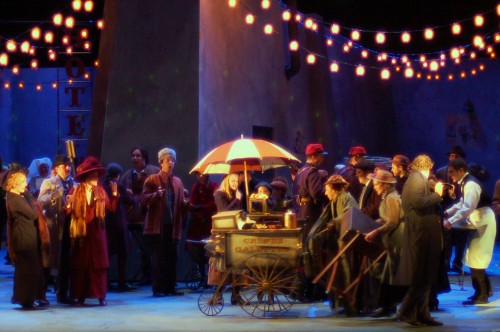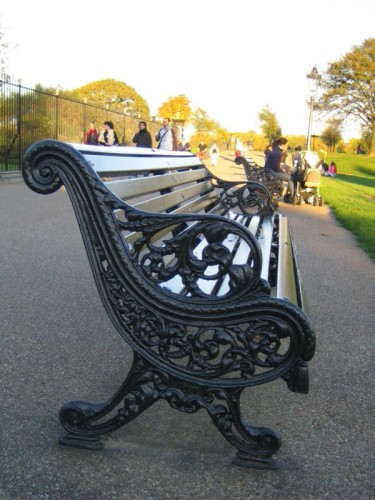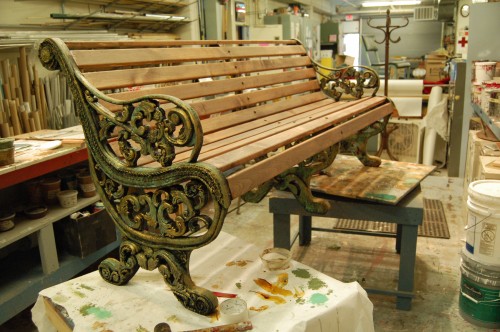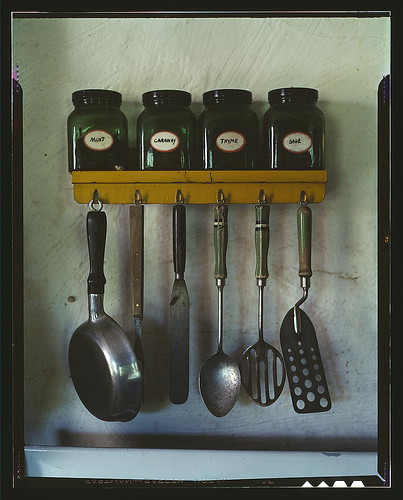The beginning of your process in building a prop can take awhile with no apparent progress. First, you have a lot of research to get the look and design figured out. You may need to make construction drawings, sketches, or even full-scale layouts. Choosing your materials, deciding on techniques and planning the order of tasks can also take some time. Depending on the type of prop you are building you may need to generate cut lists, construct jigs and templates or draw up patterns. Even just gathering or ordering your materials and parts can take up time. In other words, you can spend hours or even days upon starting a project before the prop itself begins to take shape.
In a similar vein, the end of the process can be a slow ordeal. Filling and sanding, coating and painting, or whatever your finishing touches are usually take a lot more time than you anticipate. I’ve found for projects which require a smooth or pristine finish, the sanding and smoothing part can take longer than the construction of the prop itself. Anyone who has painted can also attest that the preparation of the surface and masking out of areas is the longest part of the process; the actual application of paint is but a blip in the overall time frame of the process. Like the beginning of the process, the end can take a significantly longer amount of time than the construction of the prop.
It is usually the middle which takes the fastest. You spend a few days planning the prop out, than in one afternoon, all the pieces go together like magic. Then it takes another few days to get it to a finished state. It is this middle phase where progress on the prop is the most visual, that is, when it seems you are working the fastest. But a quick construction period can only happen with thorough planning, and a well-made prop can only result from thorough finishing.

